10 Animals Who Were Found in the Most Unexpected Places
Everyone knows lions roam African plains, while kangaroos bounce through Australia. But now and then, an animal pops up in a completely different place and sticks around. This list highlights creatures that weren’t just passing through; some are living, thriving, multiplying, and making foreign places their home.
Camels in Australia
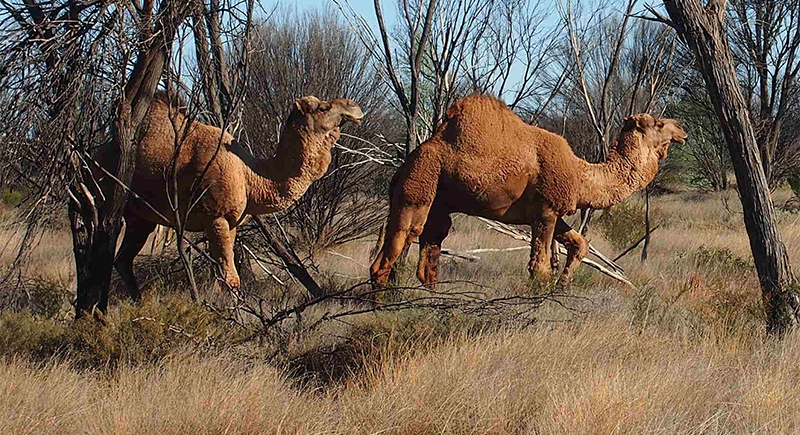
Credit: Wikimedia Commons
Australia has more wild camels than any country in the world, with over one million roaming its deserts. They were introduced in the 1800s to aid explorers in navigating harsh terrain. These camels, with few natural predators and plenty of space, have become pests, sometimes even breaking into homes in search of water.
Zebras in Texas
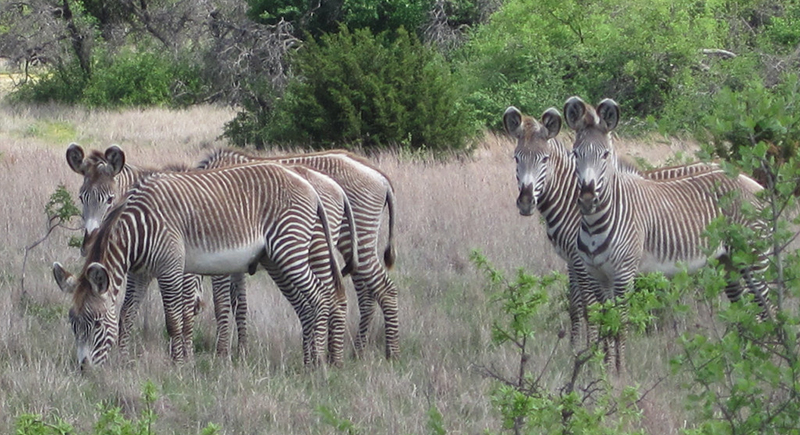
Credit: Wikimedia Commons
A handful of private ranches in Texas have fully wild zebra populations, originally brought in for trophy hunting. Despite being non-native, the zebras have adapted well to the Texas environment, which mimics the African climate. These animals now reproduce naturally without any human management or feeding.
Hippos in Colombia
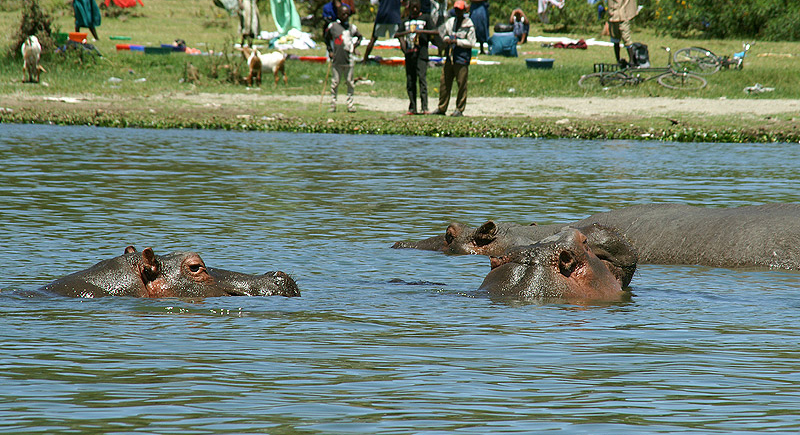
Credit: Wikimedia Commons
Four hippos once lived in Pablo Escobar’s private zoo. After his death, they escaped and formed a feral group in Colombia’s Magdalena River. By 2007, there were 16; today, estimates suggest that there are over 100. The Colombian government is now considering sterilization plans to prevent further ecological impact.
Parrots in San Francisco
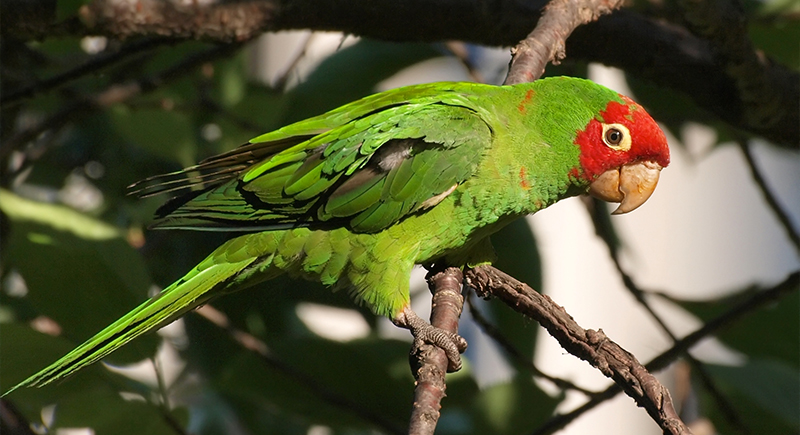
Credit: Wikimedia Commons
You’ll find a flock of feral cherry-headed conures living on Telegraph Hill in San Francisco. They began as escaped pets in the 1980s and now number around 100. These parrots are so famous they even inspired a documentary, “The Wild Parrots of Telegraph Hill,” and are often seen by tourists.
Monkeys in Florida
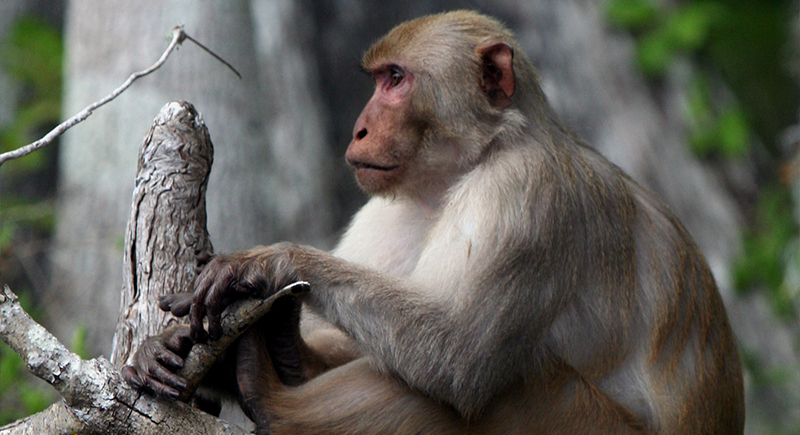
Credit: Wikimedia Commons
Rhesus macaques swing through Florida’s Silver River State Park thanks to a 1930s boat tour operator who released them for entertainment. More were added after Hurricane Andrew destroyed a research facility. Although charming from afar, they carry herpes B and have been known to attack.
Panthers in England
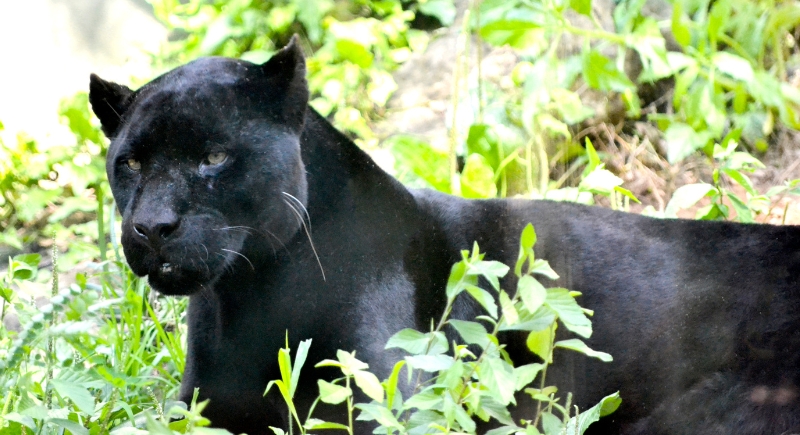
Credit: Getty Images
Large black cat sightings are reported across the UK, with several incidents occurring daily. These animals are believed to be exotic pets released after the 1976 Dangerous Wild Animals Act made ownership difficult. Although never officially confirmed, blurry photos and scared livestock keep the legend alive.
Wallabies in Scotland
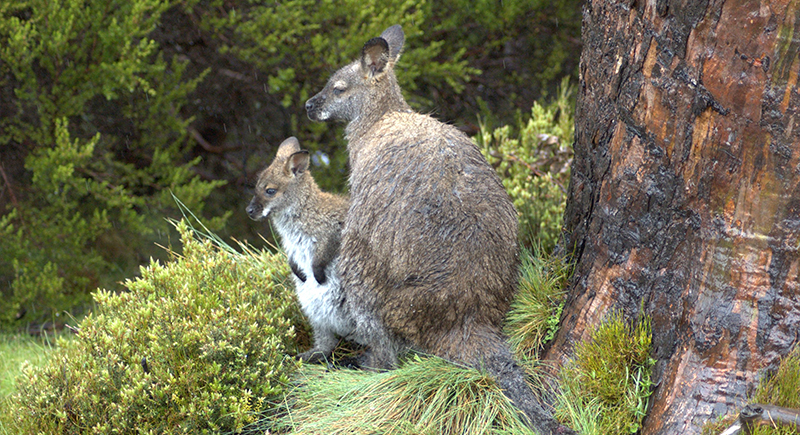
Credit: Wikimedia Commons
On Inchconnachan Island in Loch Lomond, wallabies hop freely. They were released in the 1940s by Lady Arran Colquhoun, who kept them at her summer retreat in Scotland. And though concerns about their effect on native birds exist, many Scots are happy to share the land with these distant marsupials.
Chamois and Tahr in New Zealand
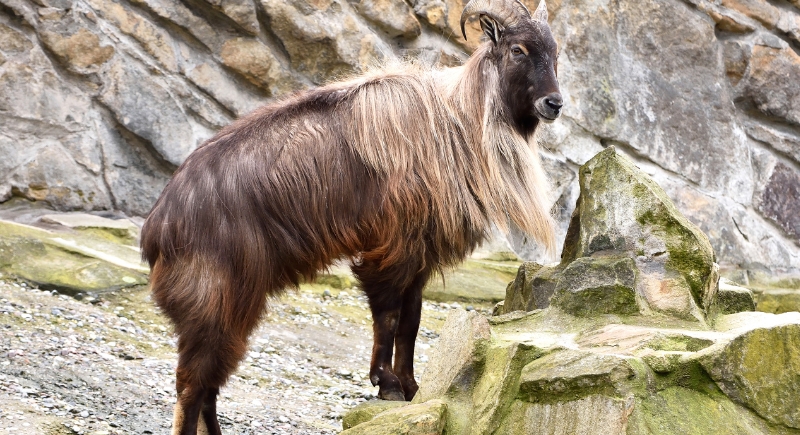
Credit: Getty Images
New Zealand’s South Island is home to European chamois and Himalayan tahr, both introduced in the early 1900s for sport hunting. Their populations exploded because there were no large predators and ideal mountainous terrain. The government now encourages hunting to control their numbers and protect native plants.
Mongooses in the Caribbean
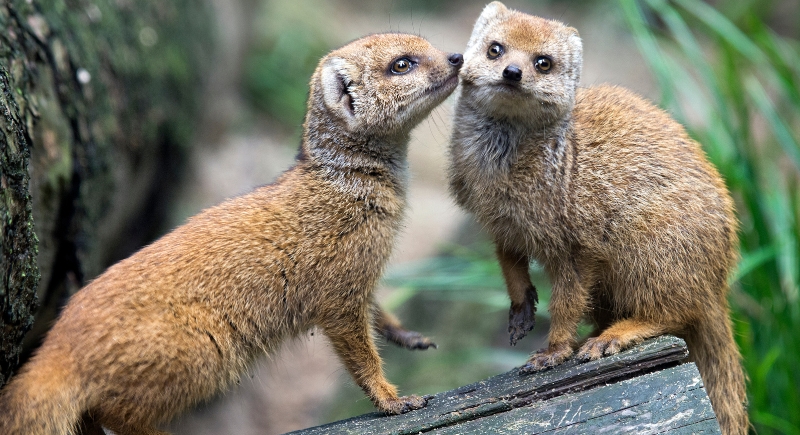
Credit: Getty Images
In the 1800s, European settlers introduced mongooses to Caribbean islands to combat rat infestations on sugarcane plantations. However, the plan backfired when the mongooses began eating native birds and sea turtle eggs. Now considered invasive, they continue to thrive across multiple islands with no natural predators.
Chitals in the US
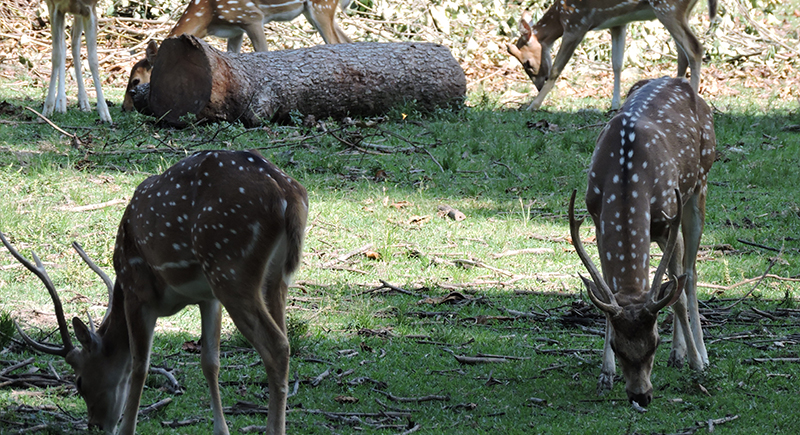
Credit: Wikimedia Commons
Spotted deer, also known as chitals, are originally from India. But now, they roam wild across Texas. They were brought in for hunting in the 1930s. However, these deer escaped captivity and went on to reproduce. Their numbers are now estimated in the thousands, and hunters can pursue them year-round with no bag limits.
Zebras in California
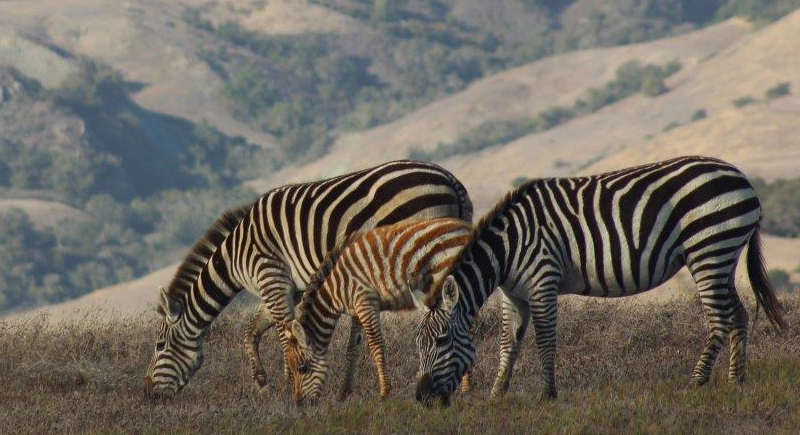
Credit: Wikimedia Commons
A herd of zebras lives on the grounds of the Hearst Ranch in San Simeon. They are descendants of animals once kept at Hearst Castle. Released or escaped in the 1950s, the zebras now graze with cattle across 82,000 acres and are often spotted by drivers along Highway 1.
Squirrels in Australia
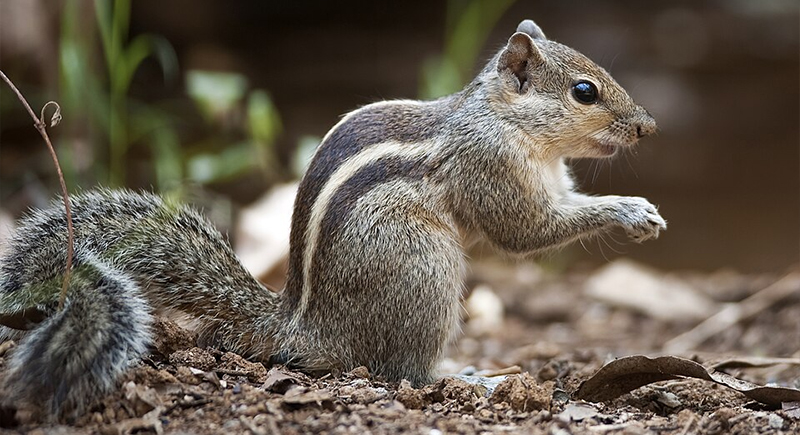
Credit: Wikimedia Commons
During the 1940s, acclimatization societies released Northern palm squirrels, native to India, in Perth, Australia. Even if they are considered a biosecurity threat, these striped rodents still persist in suburban areas despite predation and trapping efforts aimed at limiting their spread.
Coatis in England
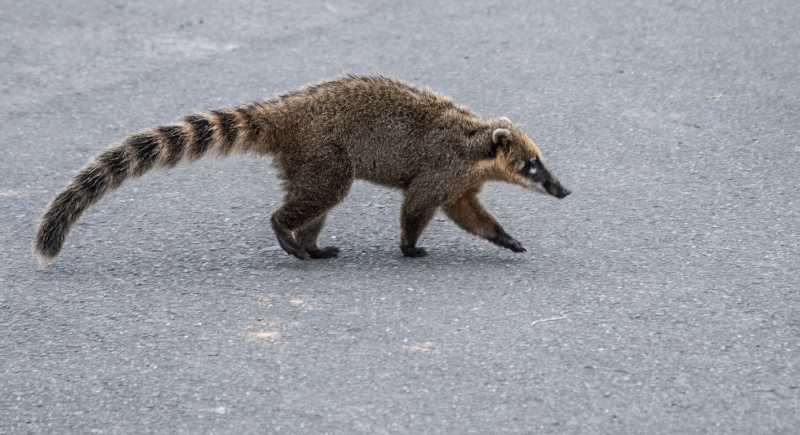
Credit: Getty Images
Coatis are relatives of raccoons, but they can be distinguished by their long snouts. They have formed a breeding group in Cumbria, England, and their small colony likely began with escaped exotic pets. Even with their current low numbers, wildlife officials monitor them closely to prevent possible competition with native British animals.
Reindeer in Scotland
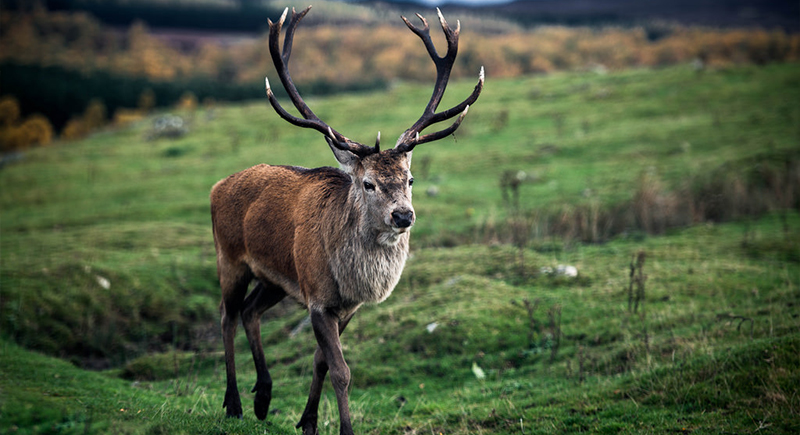
Credit: Wikimedia Commons
Since 1952, a tame herd of reindeer has grazed the Cairngorm Mountains in Scotland. Imported from Sweden, the reindeer roam freely across 10,000 acres. Not technically wild, they are not confined, and visitors can take guided hikes to observe and feed them in their naturalized habitat.
Raccoon Dogs in Europe
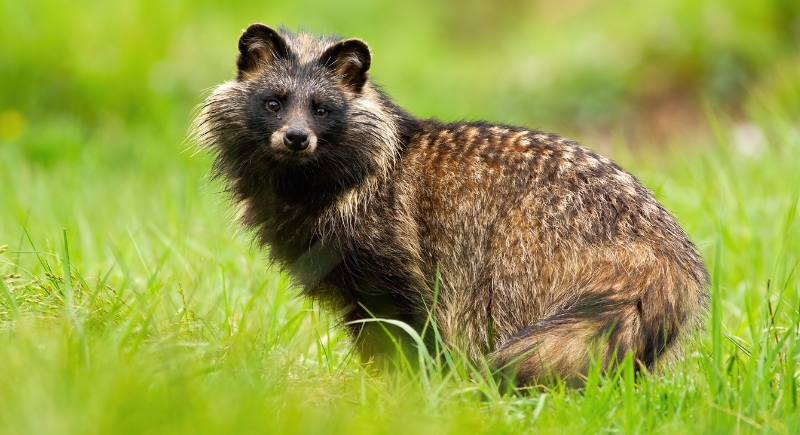
Credit: wildmedia
Raccoon dogs, originally from East Asia, were introduced to the former Soviet Union for their fur. Since then, they’ve spread across Europe, including Denmark and Germany. These animals are nocturnal, omnivorous, and extremely adaptable, often stealing badger dens and spreading rabies in rural communities.